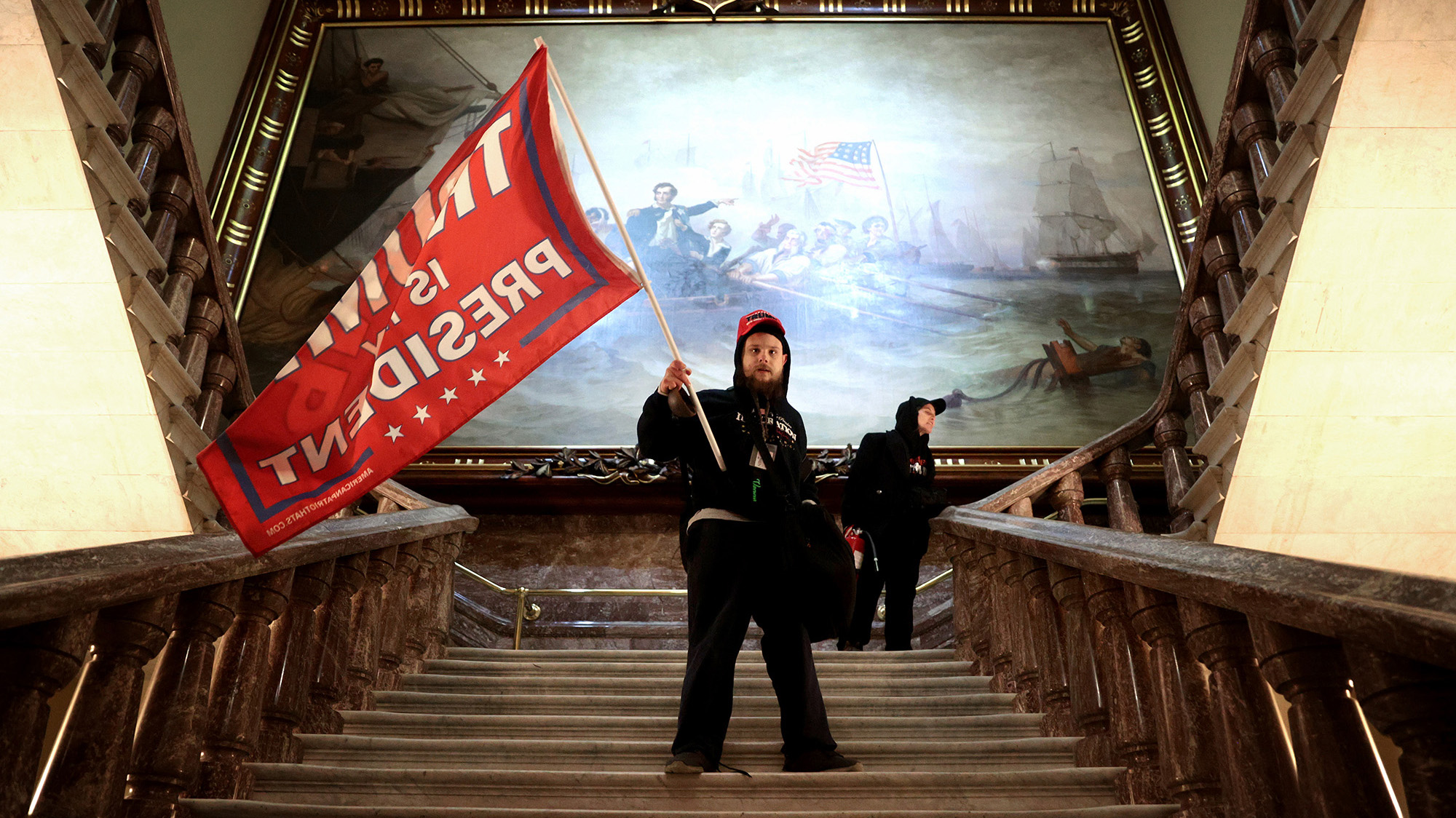The chaos unfolded slowly, but jolted like an earthquake. At first it was hard to believe it was actually happening, even if it seemed obvious it could happen. First we watched an indignant mob of Trump supporters, high on the president’s speech, overtake barricades surrounding the Capitol building. Then they were closer to the Capitol doors. Then inside. Then in the House and Senate chambers and congressional offices.
For several hours on Wednesday afternoon, the day Congress met to ratify Joe Biden’s Electoral College victory, the United States Capitol was overrun by rioters, insurrectionists, seditionists, Trumpists. The photographers covering the melee—both from inside the building and among the crowd outside—faced a chaotic, hostile situation, but made incredible, important photos throughout it all. Here are just a few.
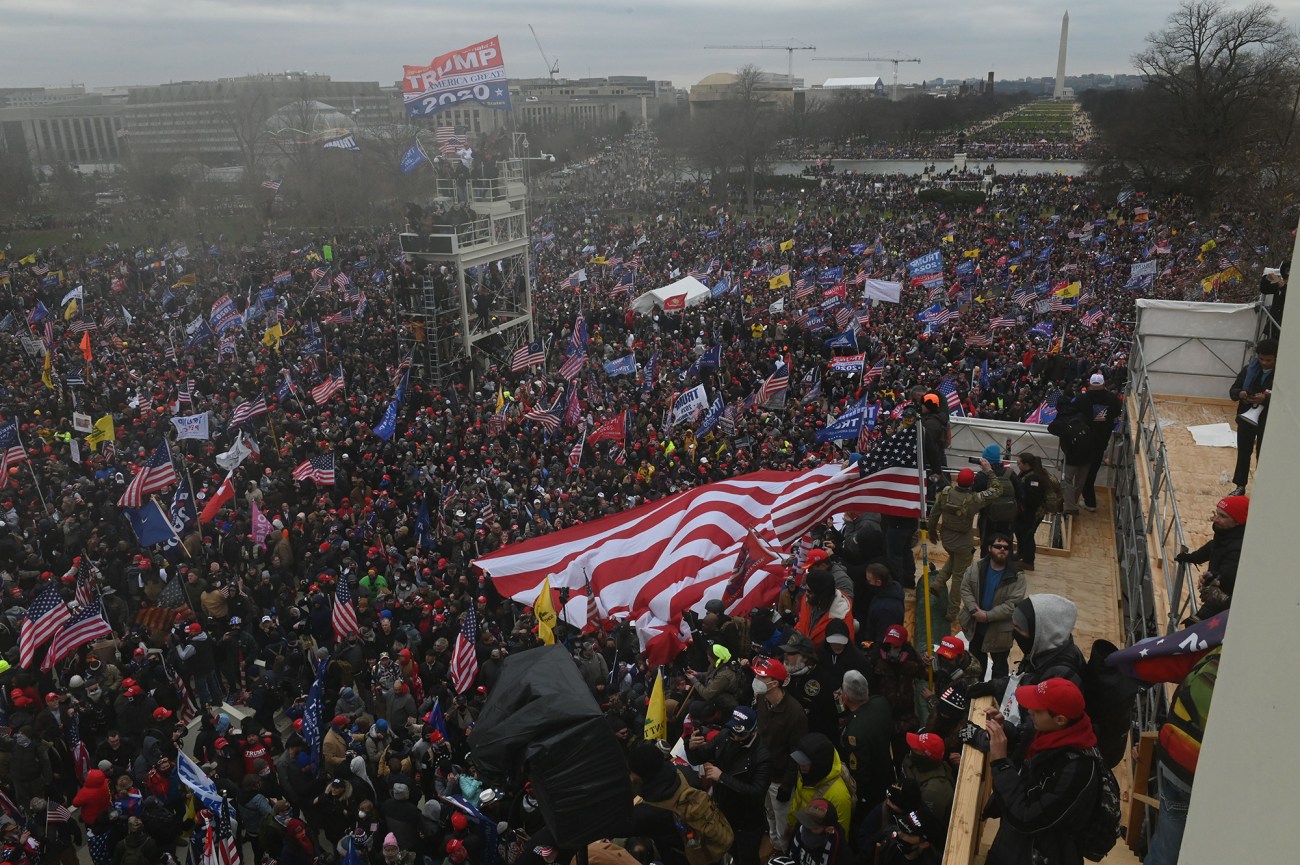
Trump supporters clash with police and security forces as they gather at the US Capitol.
Roberto Schmidt/AFP/Getty
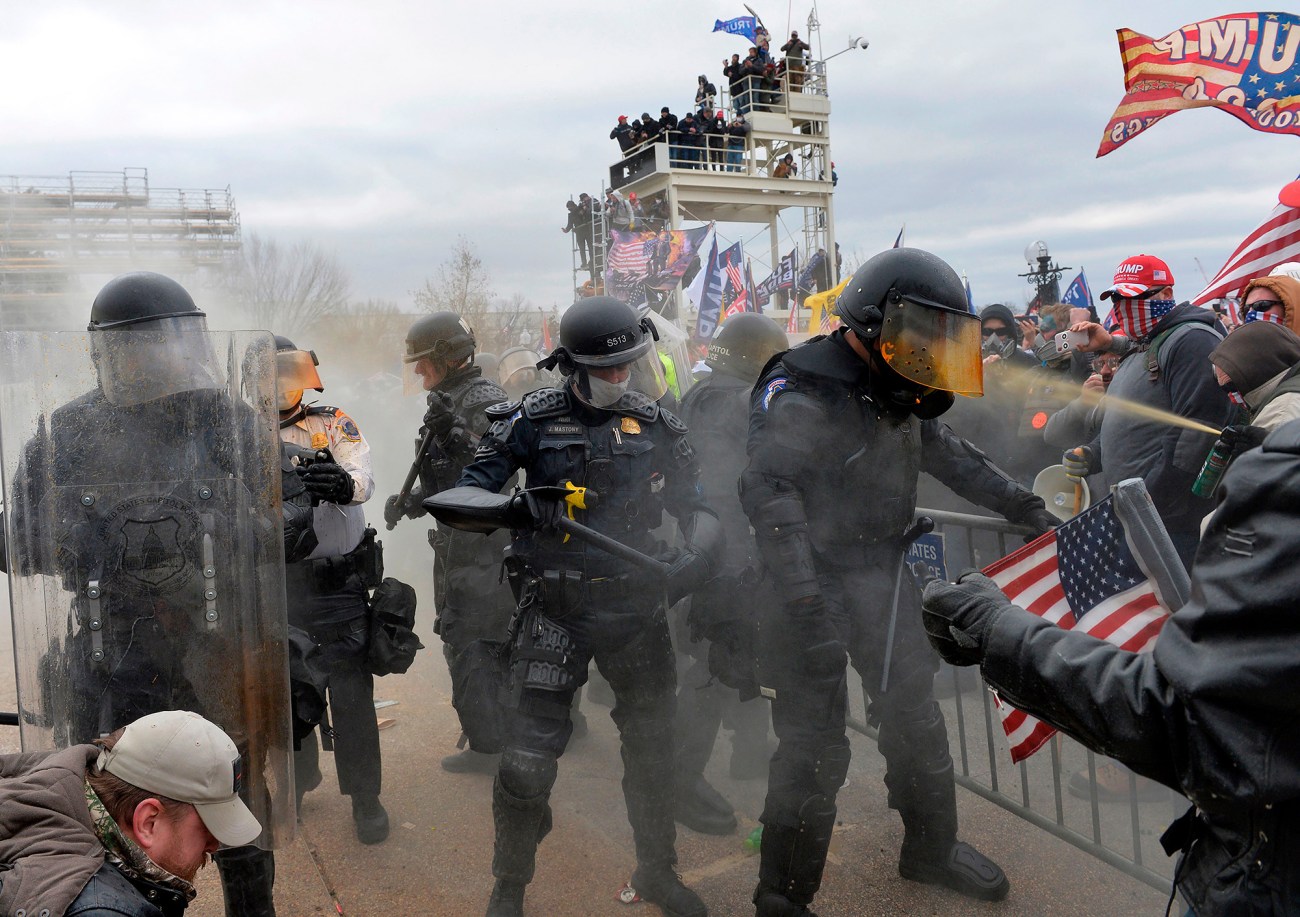
Members of the mob clash with police and security forces.
Joseph Prezioso/AFP/Getty
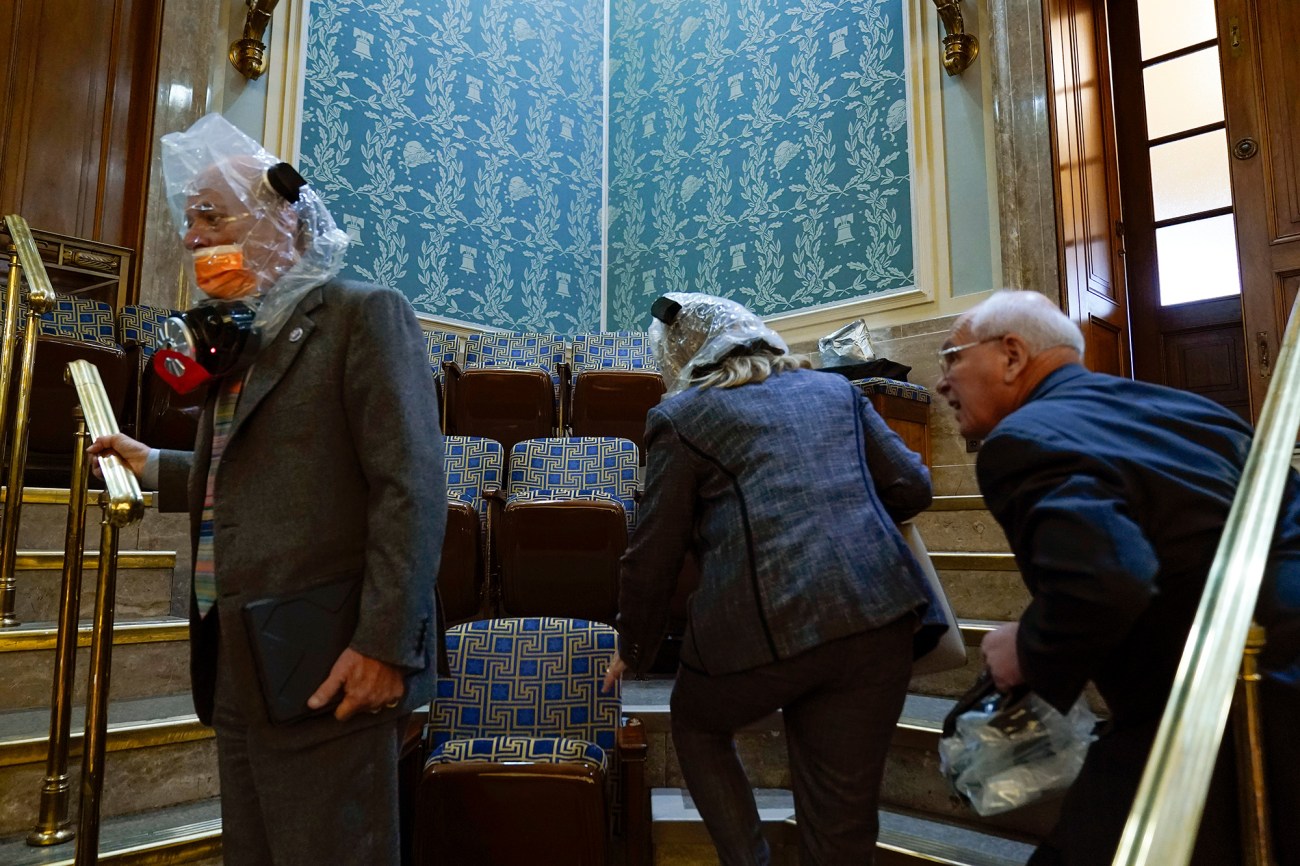
People shelter in the House gallery as protesters try to break into the House Chamber.
Andrew Harnik/AP
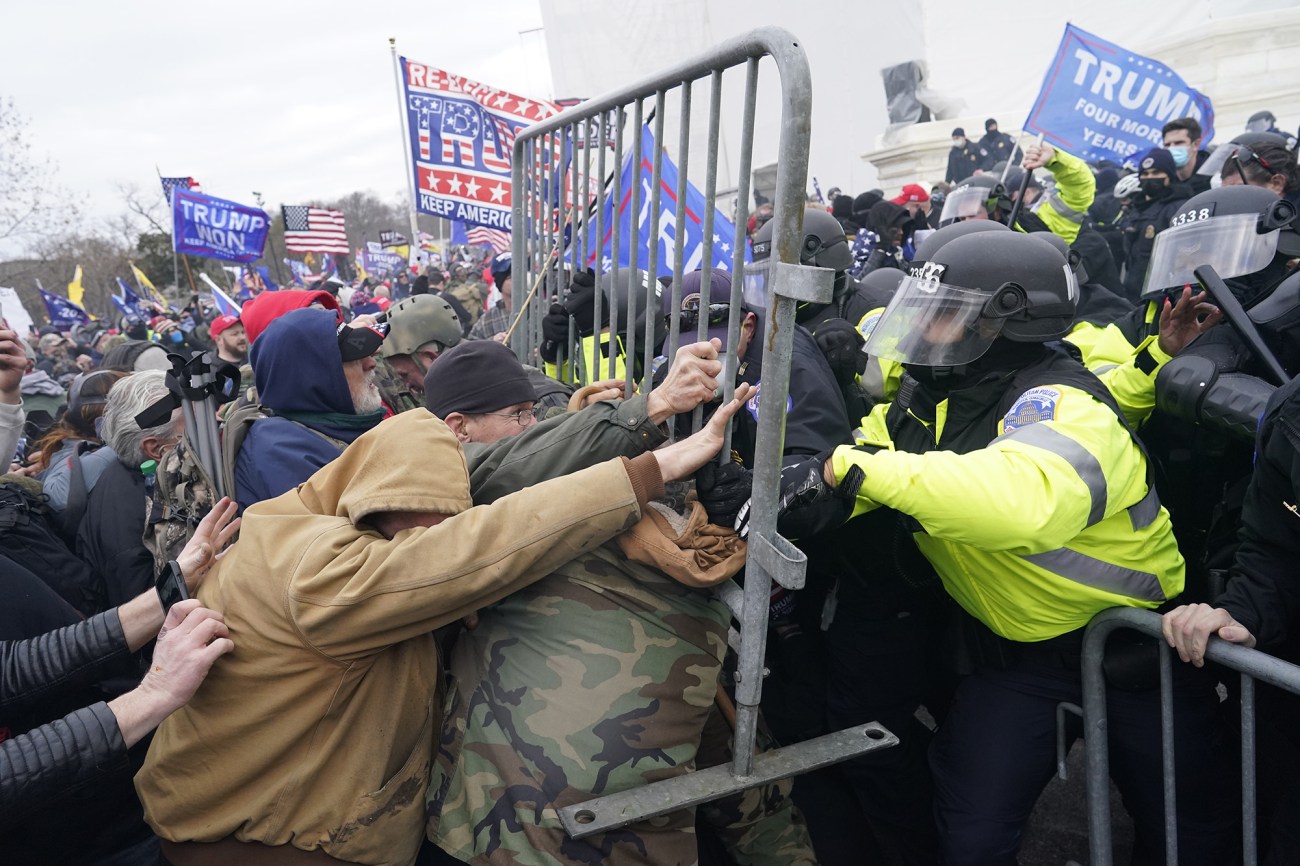
Trump supporters remove a barricade separating them from police officers.
Kent Nishimura/Los Angeles Times/Getty
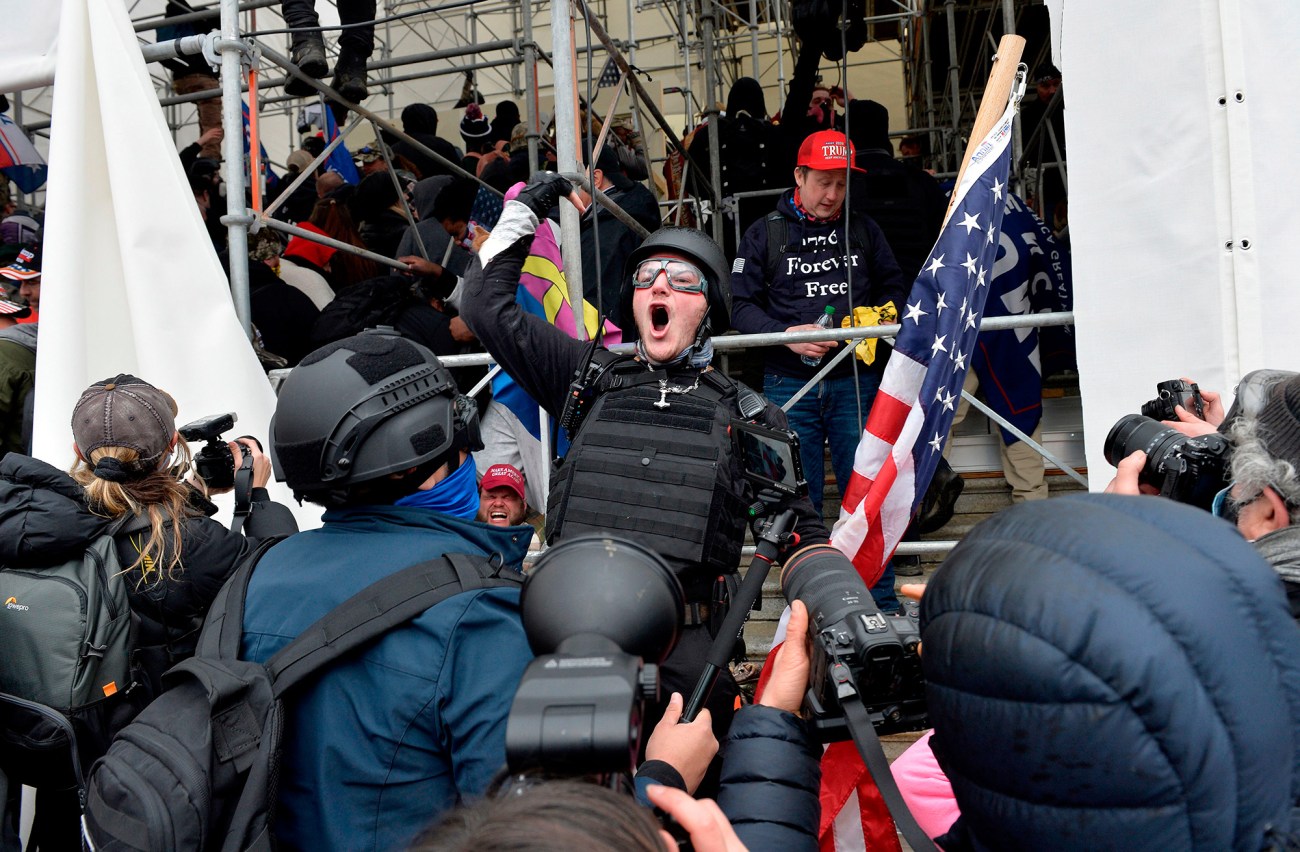
A man calls on Trump supporters to raid the building as they try to storm the US Capitol.
Joseph Prezioso/AFP/Getty
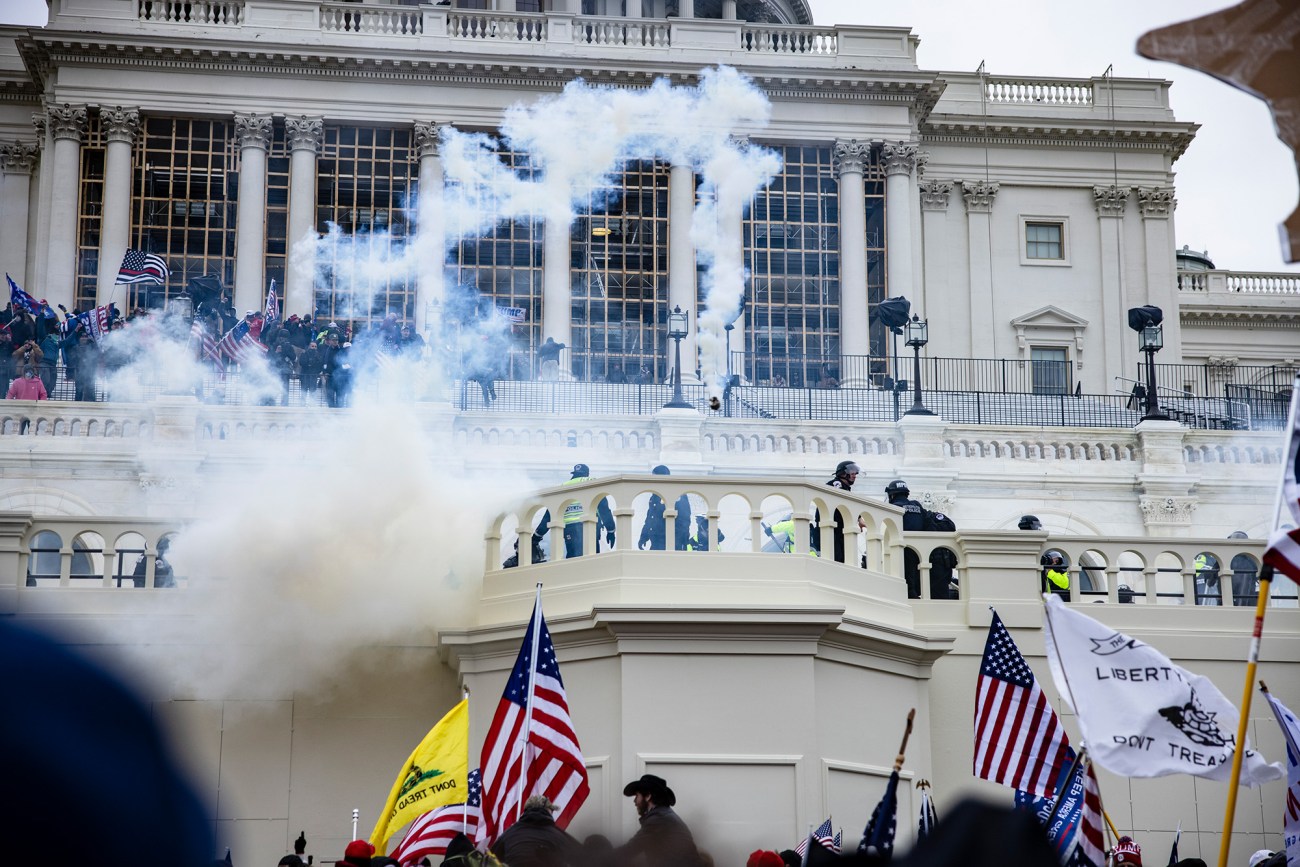
Police and security forces release teargas to try and disperse the mob.
Samuel Corum/Getty
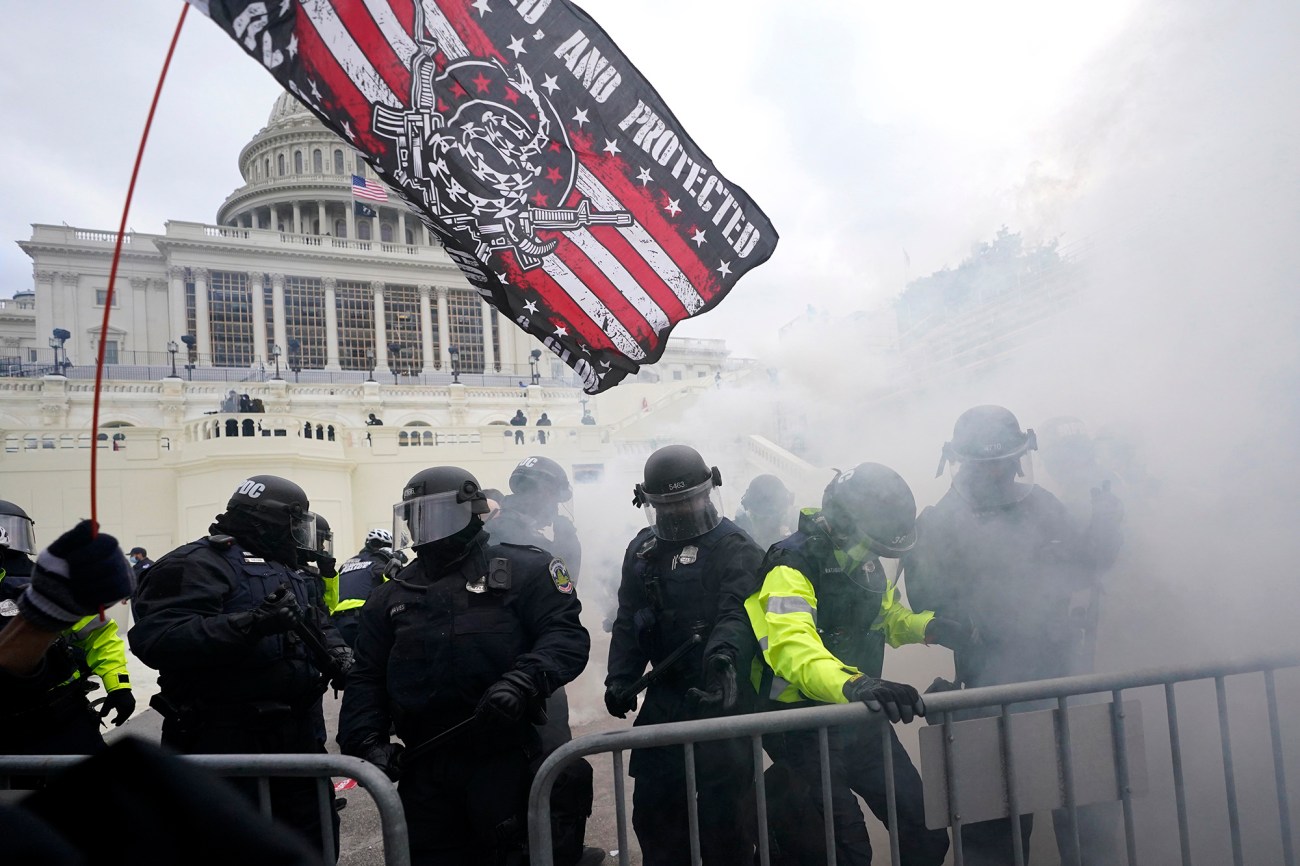
Police try to hold off Trump supporters at a barricade in front of the Capitol.
Julio Cortez/AP
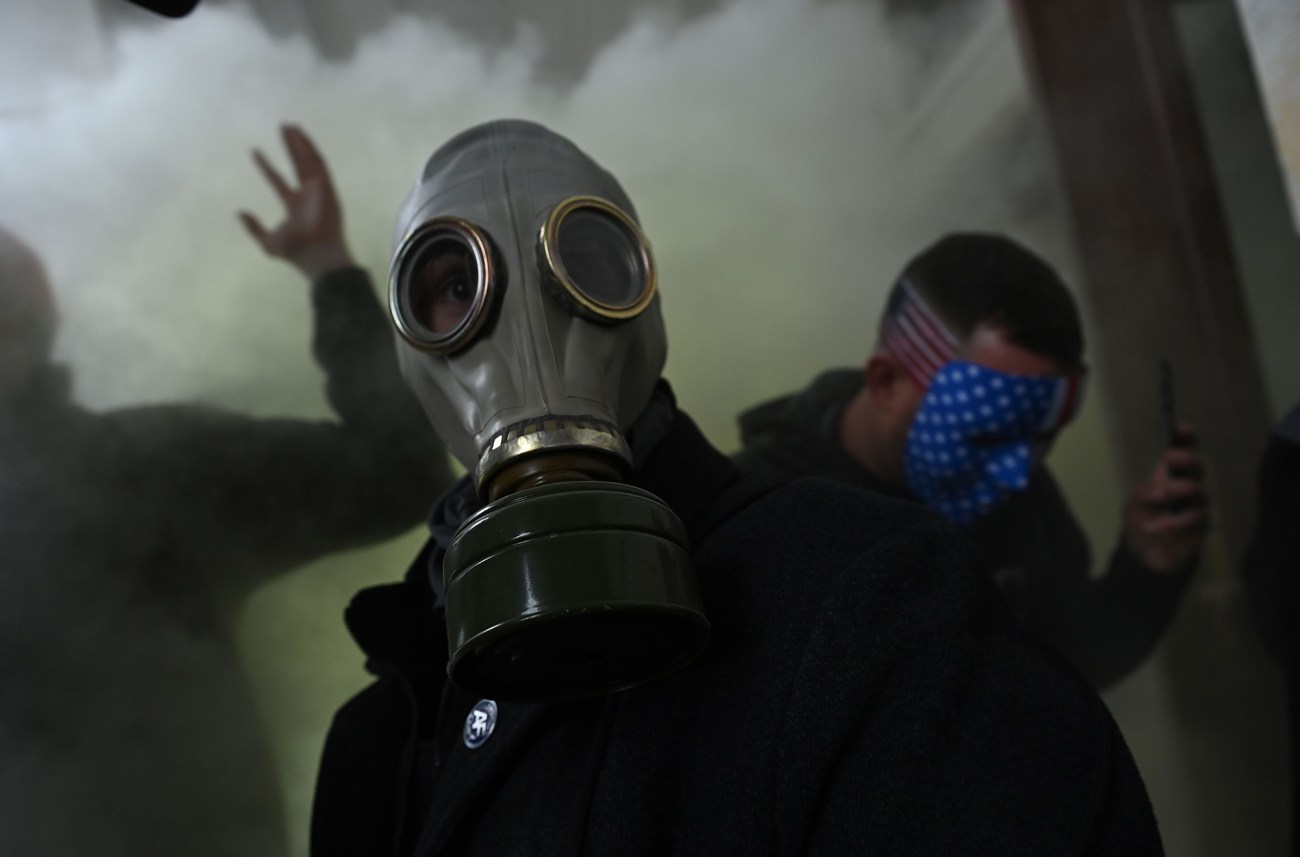
A Trump supporter wears a gas mask inside the US Capitol.
Brendan Smialowski/AFT/Getty
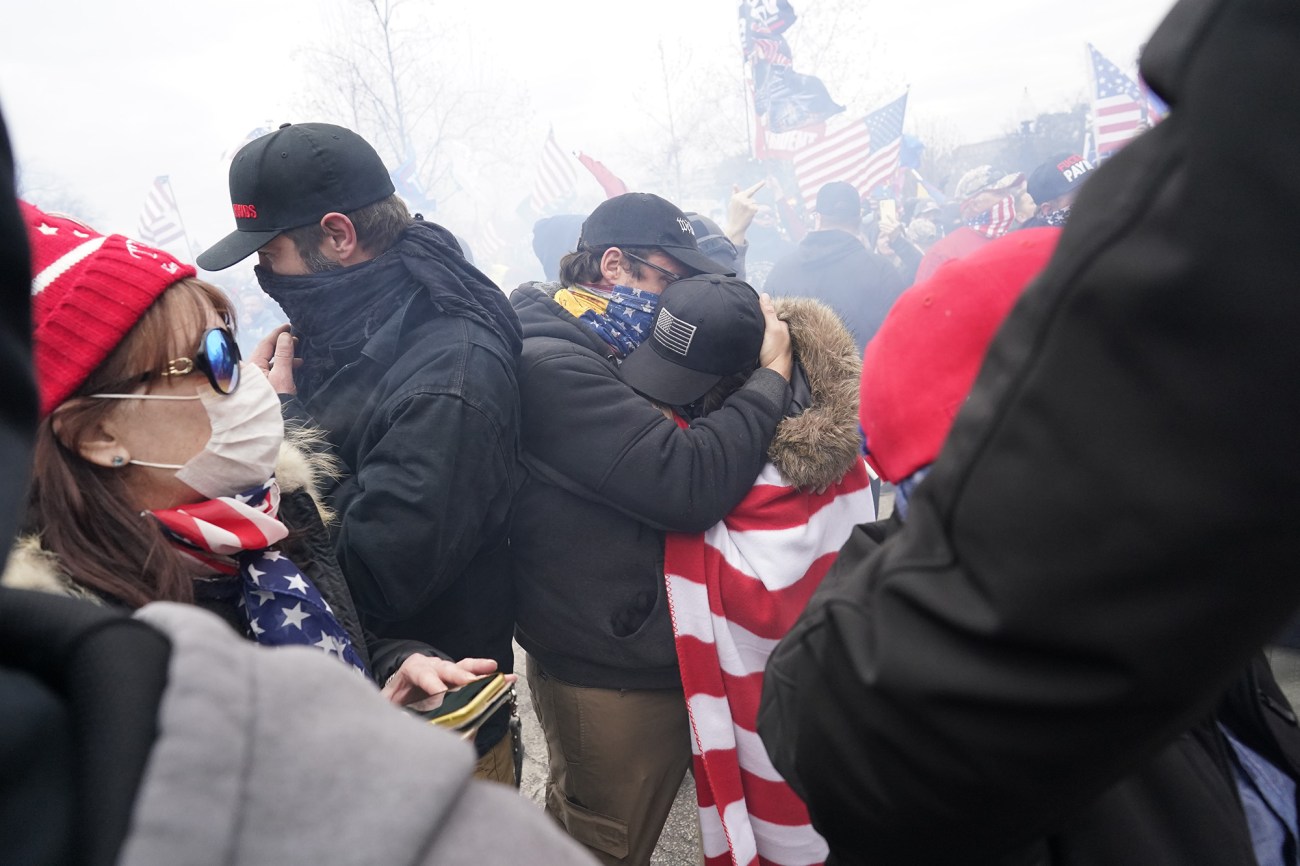
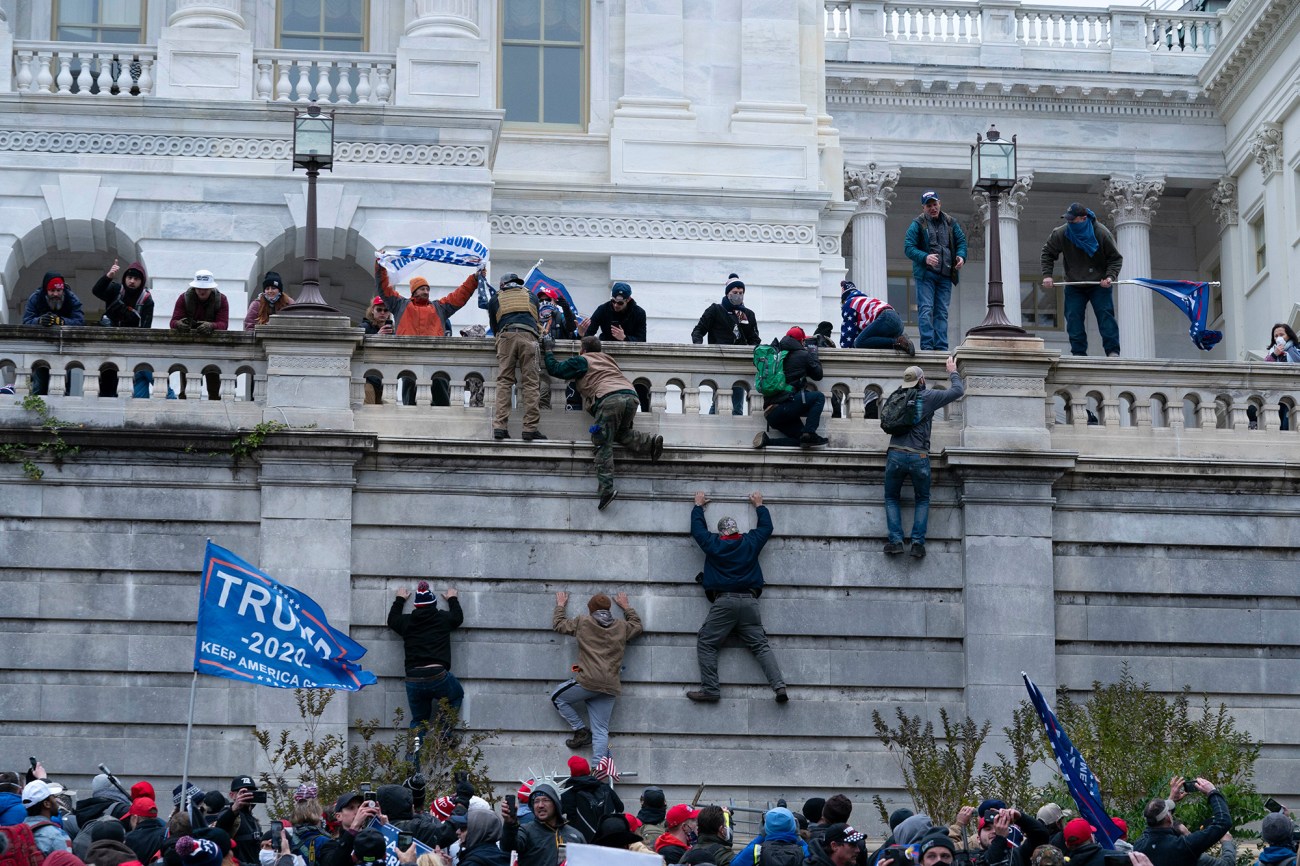
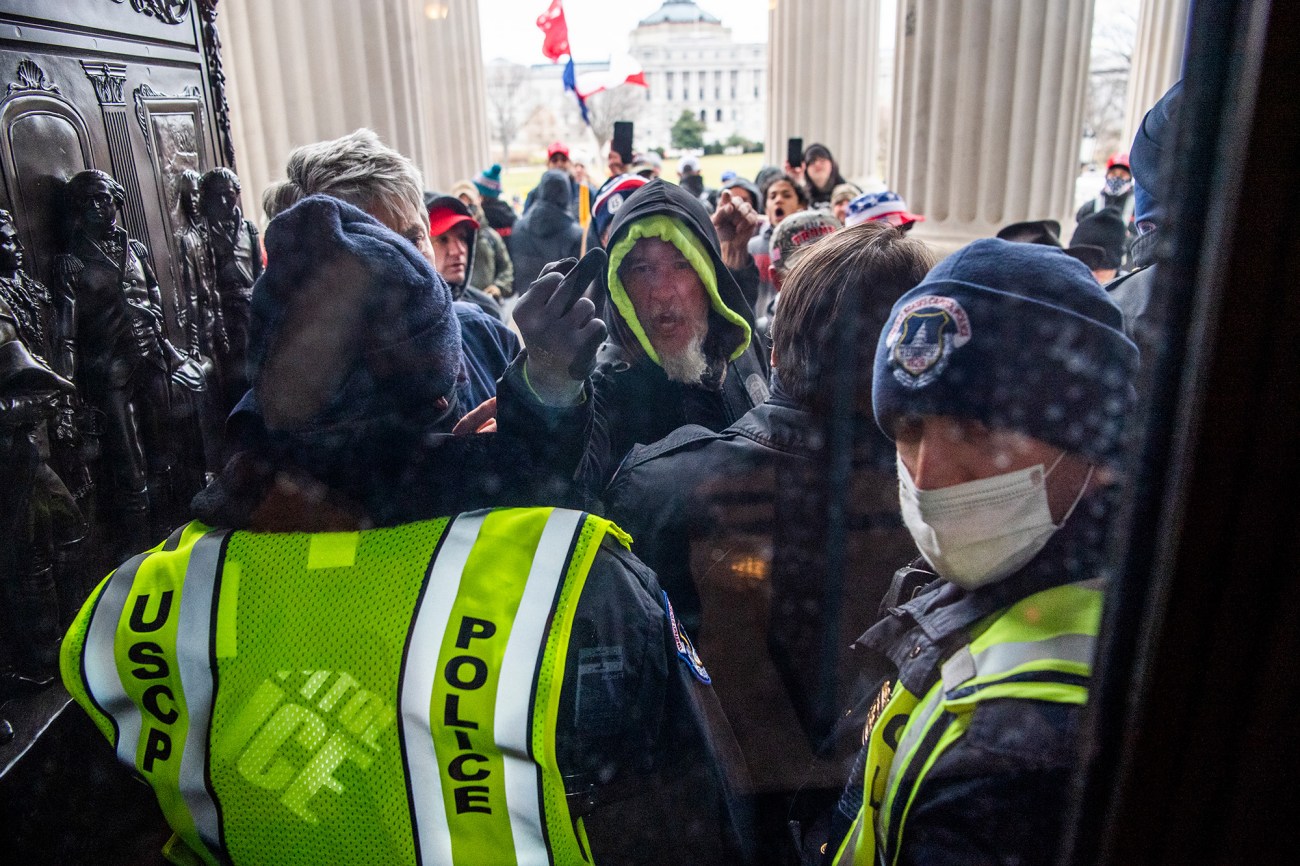
Rioters attempt to enter the Capitol at the House steps during a joint session of Congress to certify the Electoral College vote.
Tom Williams/CQ-Roll Call/Getty
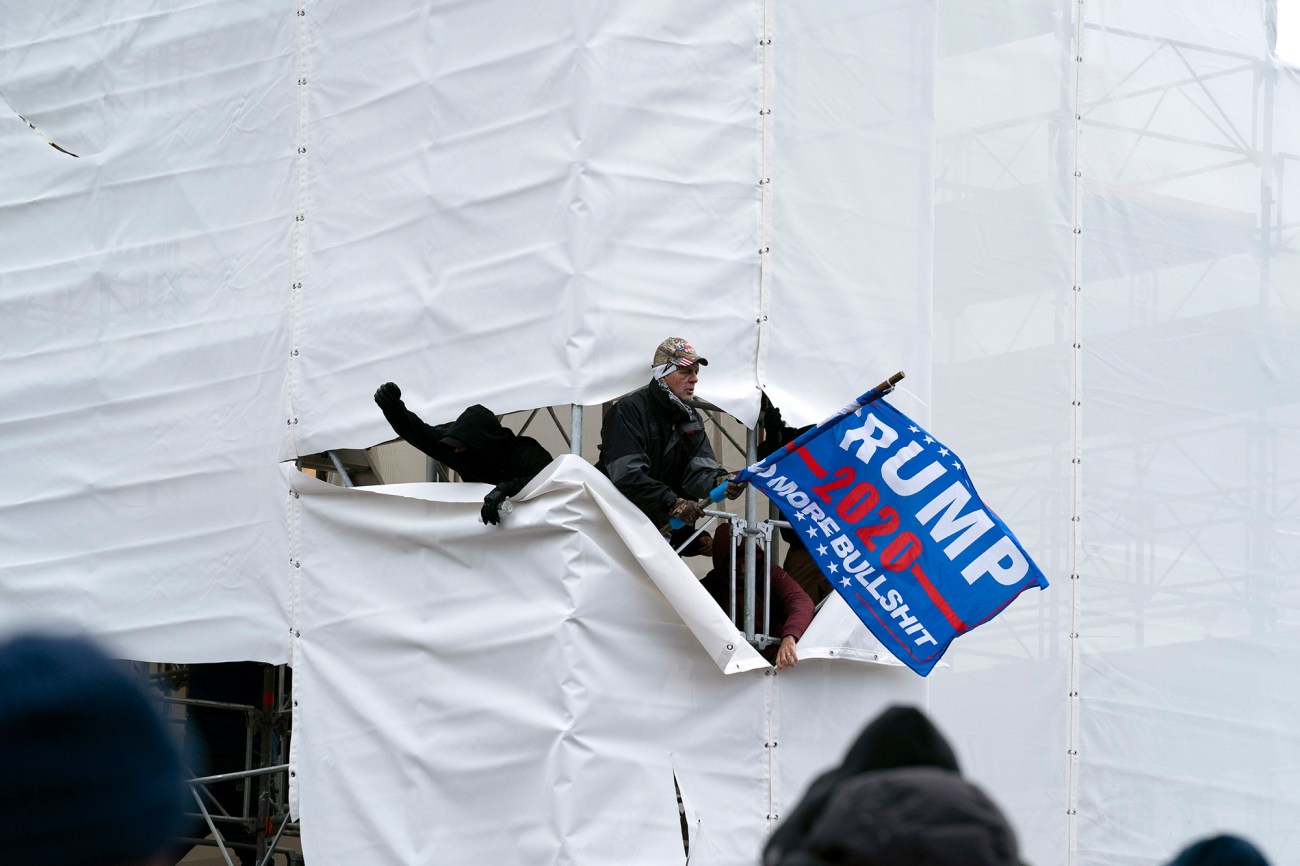
Trump supporters in the scaffolding outside the Capitol.
Jose Luis Magana/AP
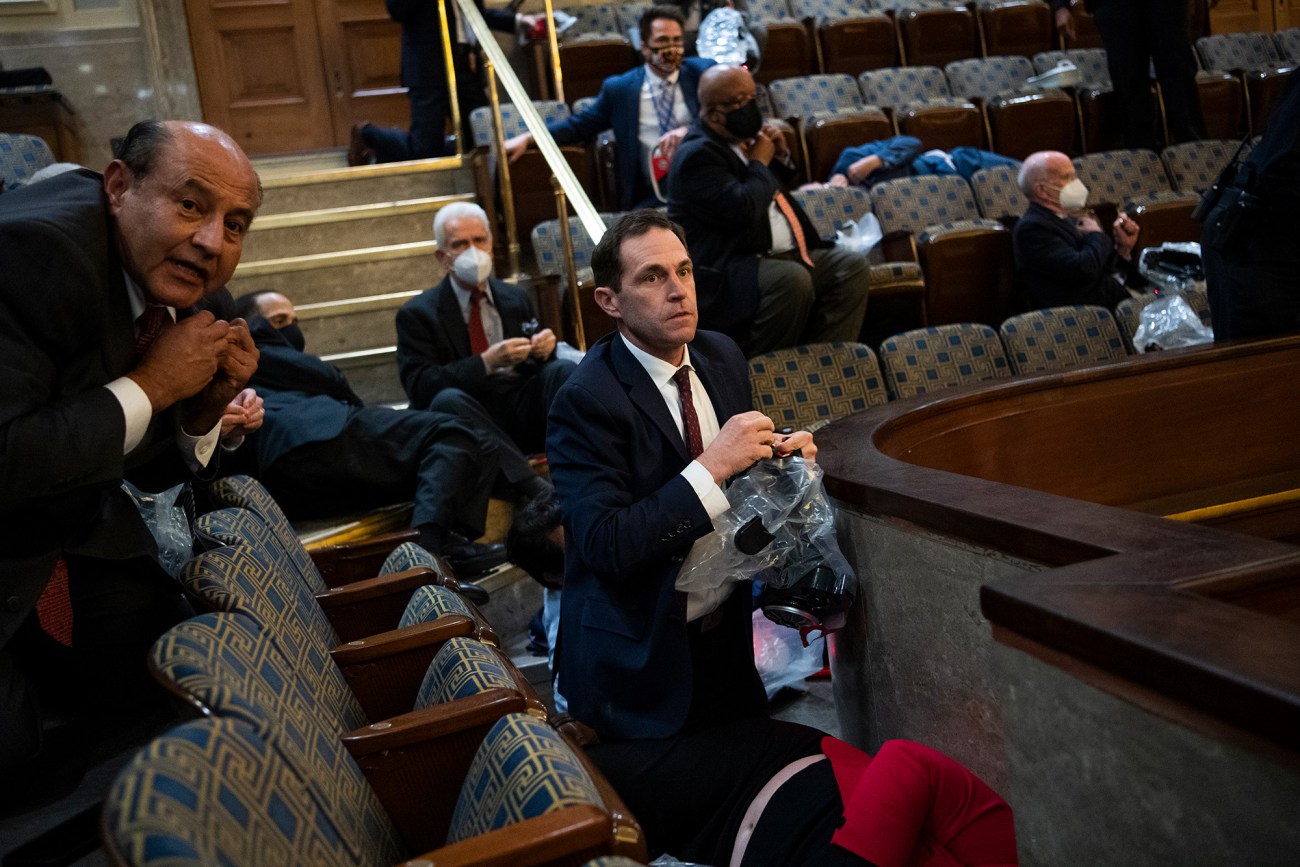
Rep. Jason Crow (D-Colo.) and other members take cover as protesters attempt to disrupt the joint session of Congress to certify the Electoral College vote.
Tom Williams/CQ-Roll Call/Getty
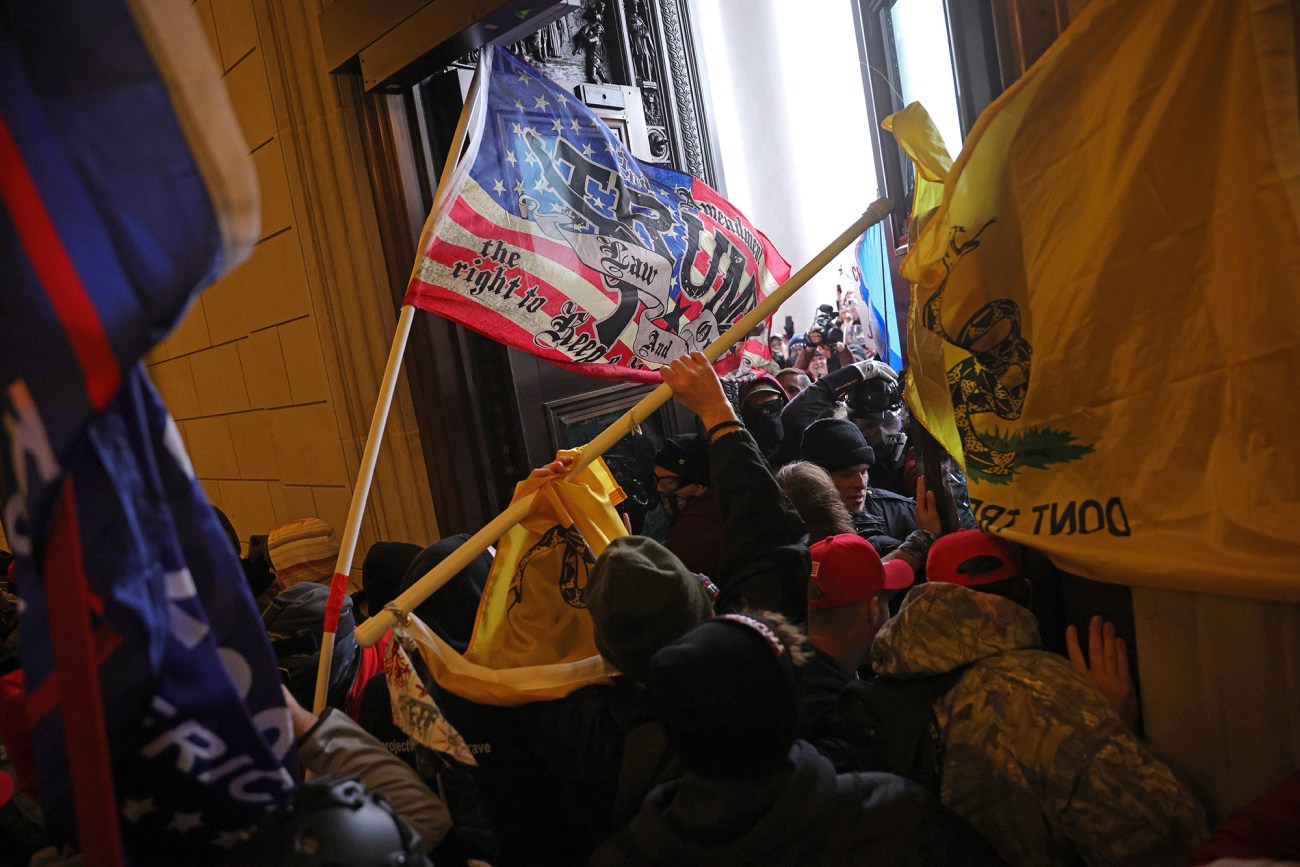
Rioters break into the US Capitol.
Win McNamee/Getty
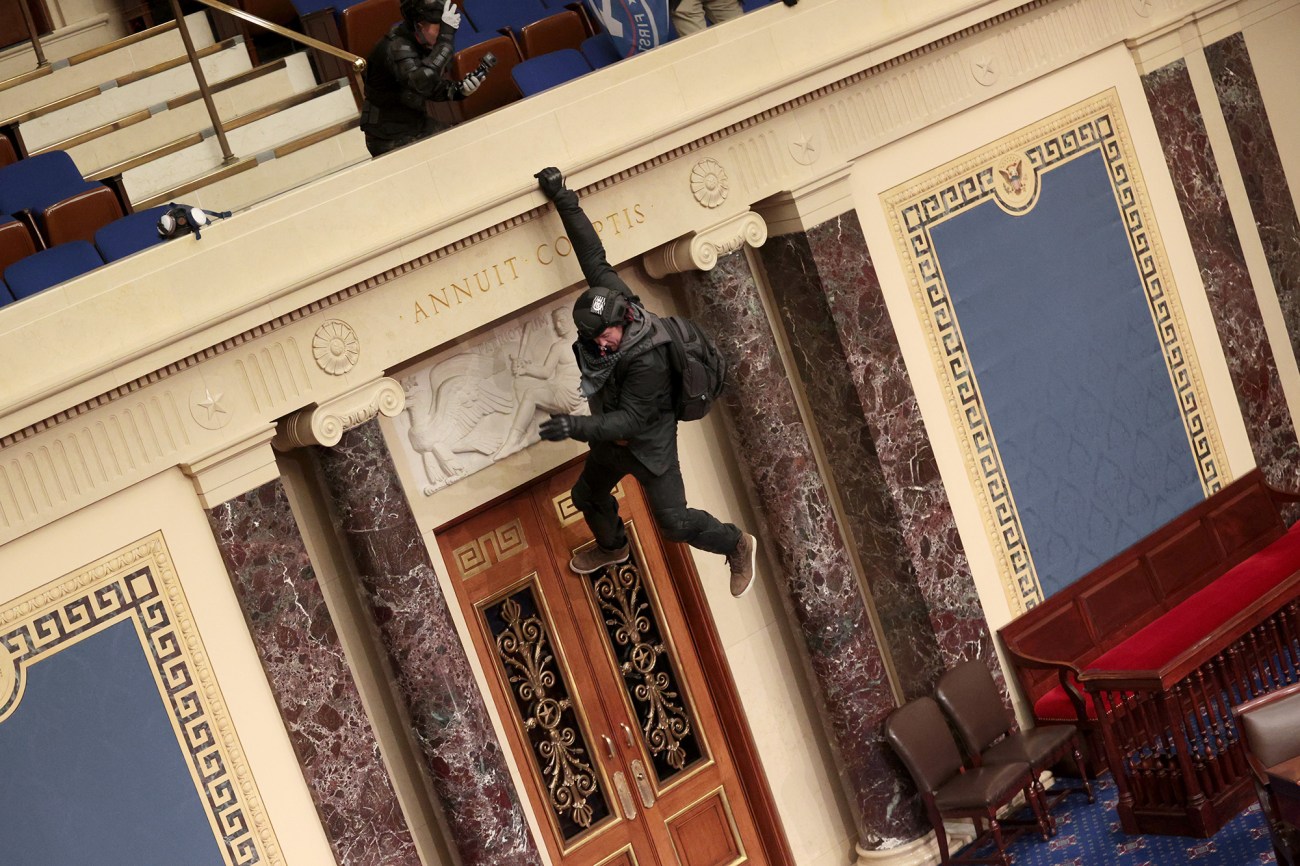
A rioter is seen hanging from the balcony in the Senate Chamber.
Win McNamee/Getty
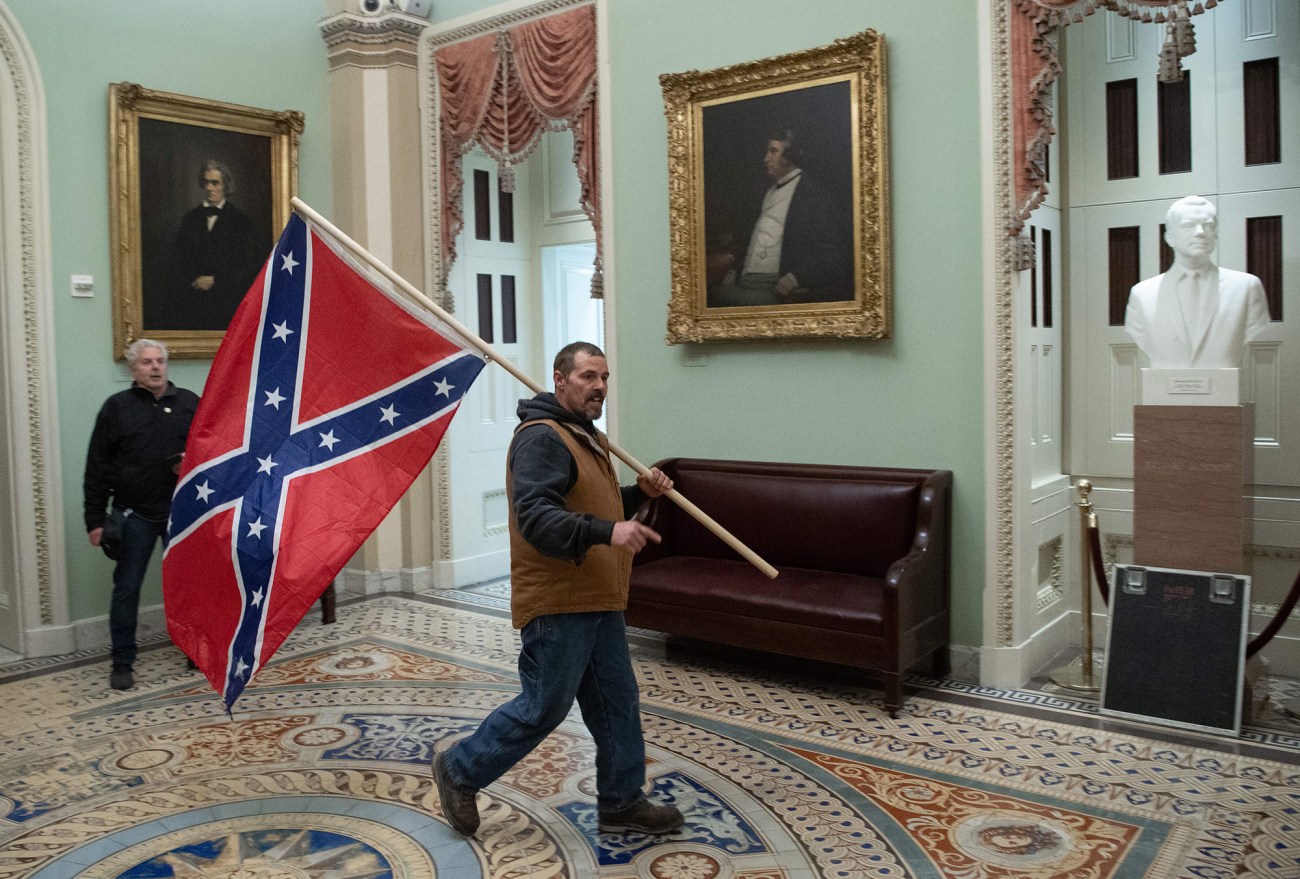
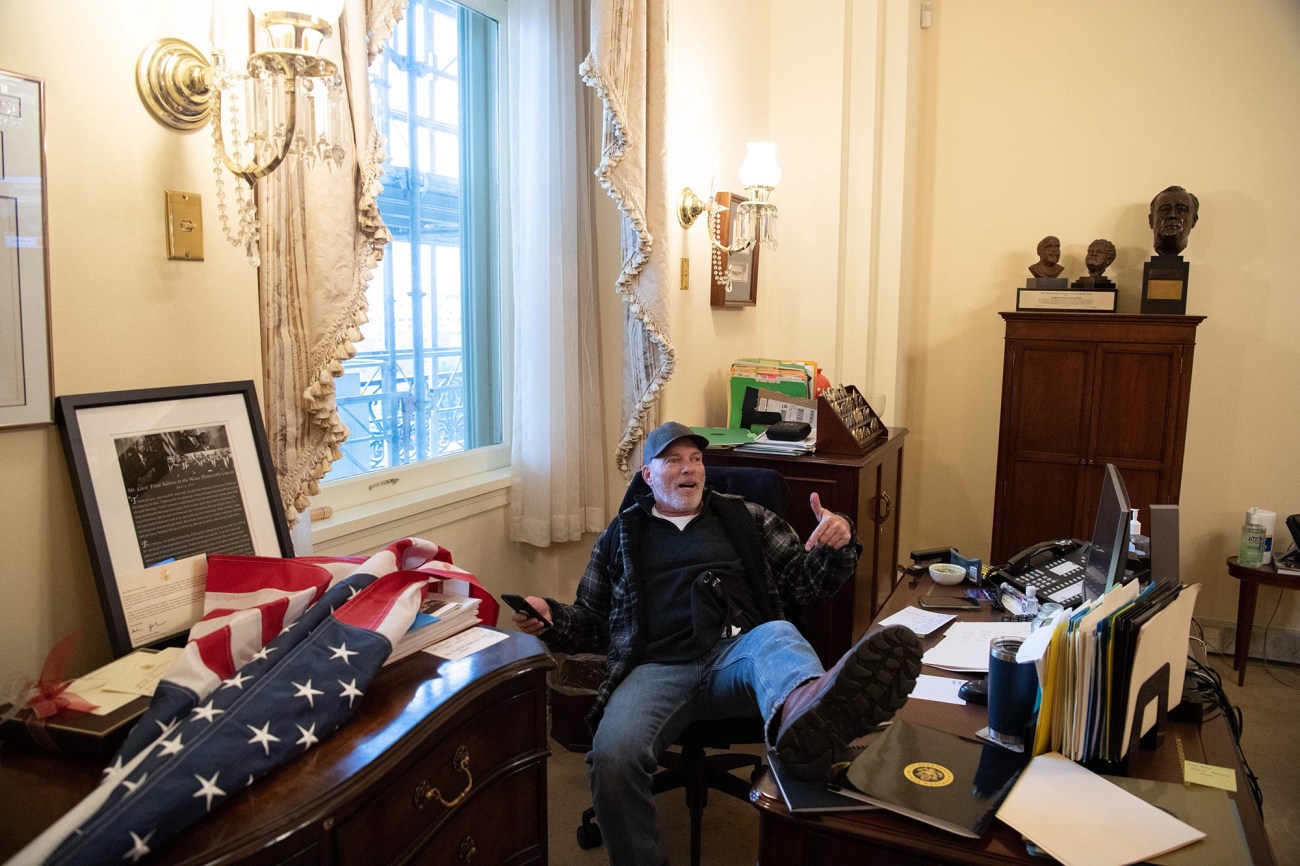
A Trump supporter sits inside the office of Speaker of the House Nancy Pelosi after breaking into the US Capitol.
Saul Loeb/AFP/Getty
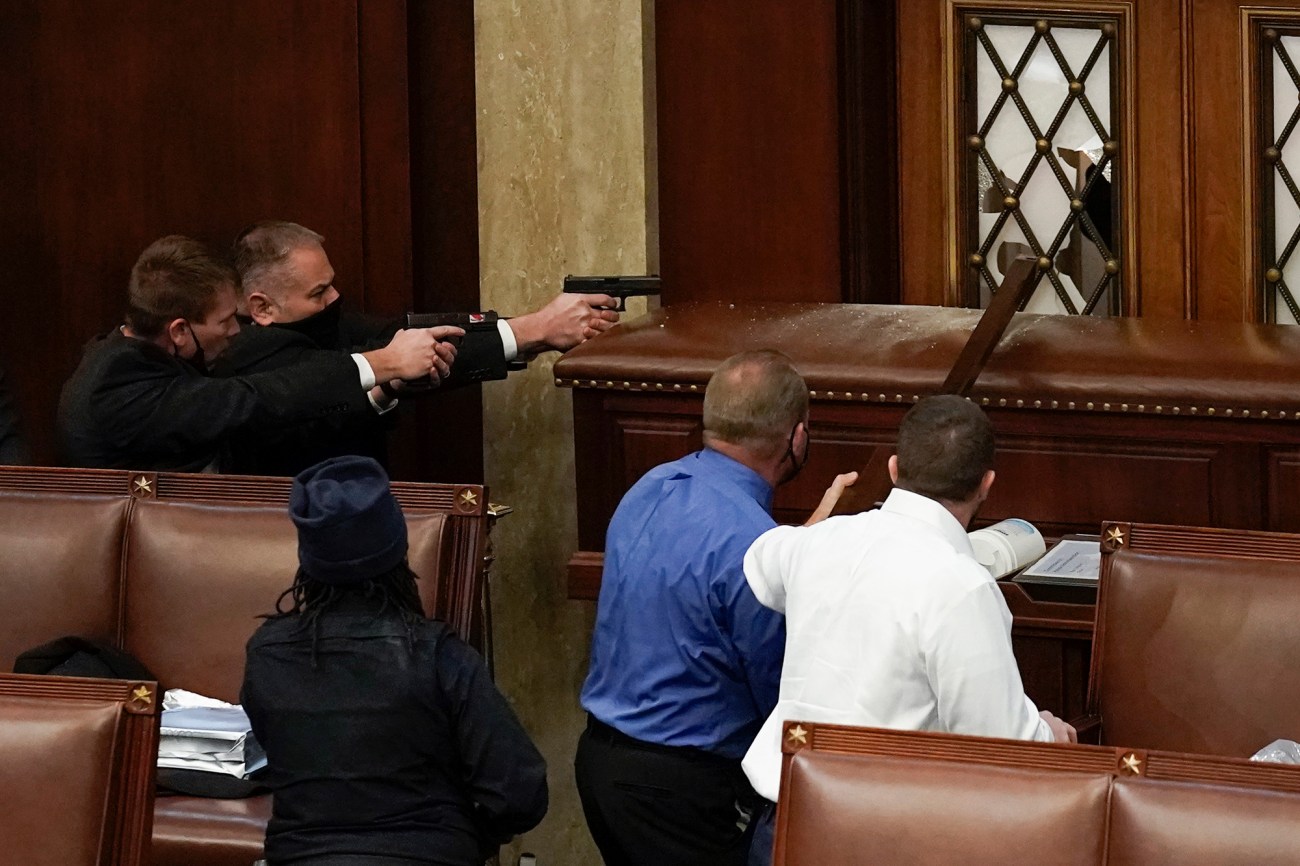
US Capitol Police with guns drawn watch as protesters try to break into the House Chamber.
J. Scott Applewhite/AP
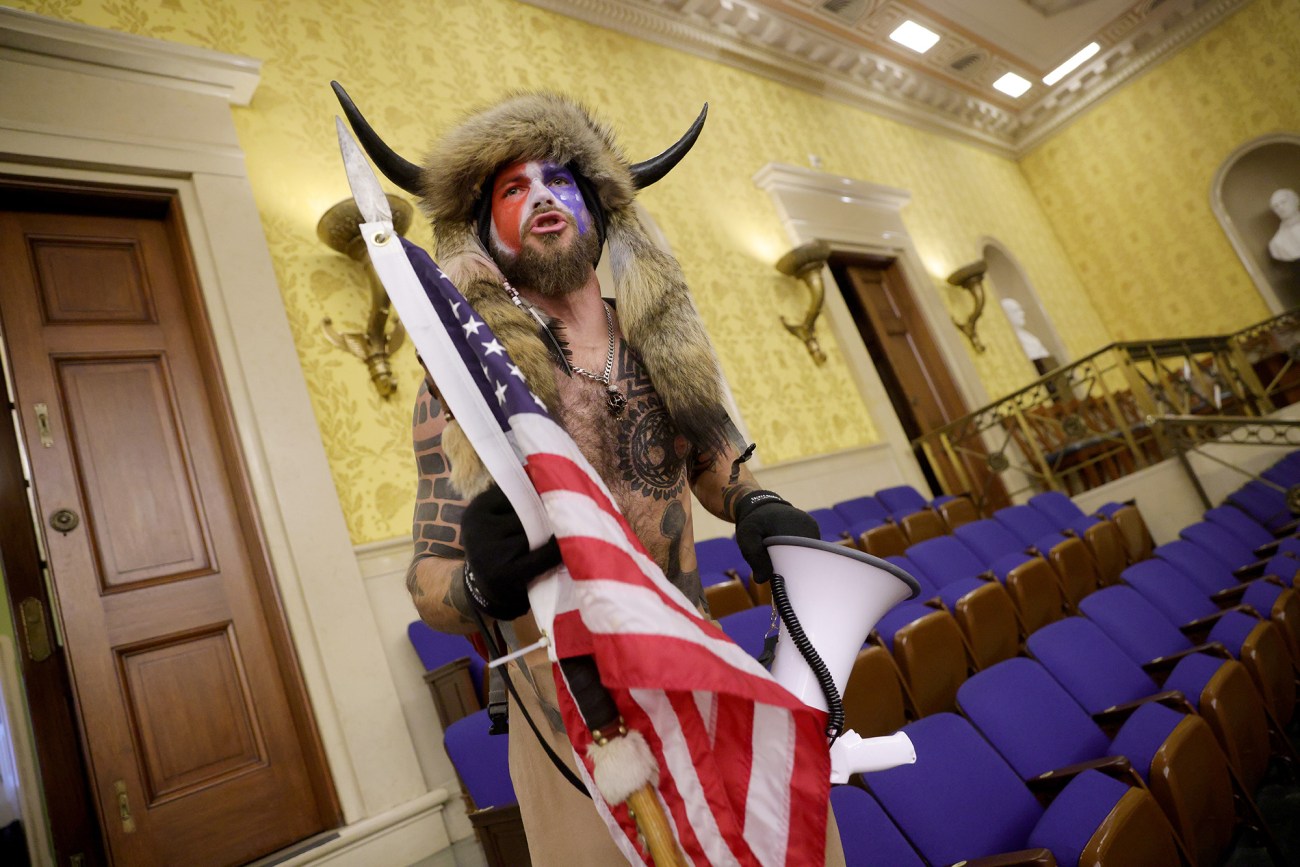
A rioter who broke into the Capitol howls inside the Senate Chamber.
Win McNamee/Getty
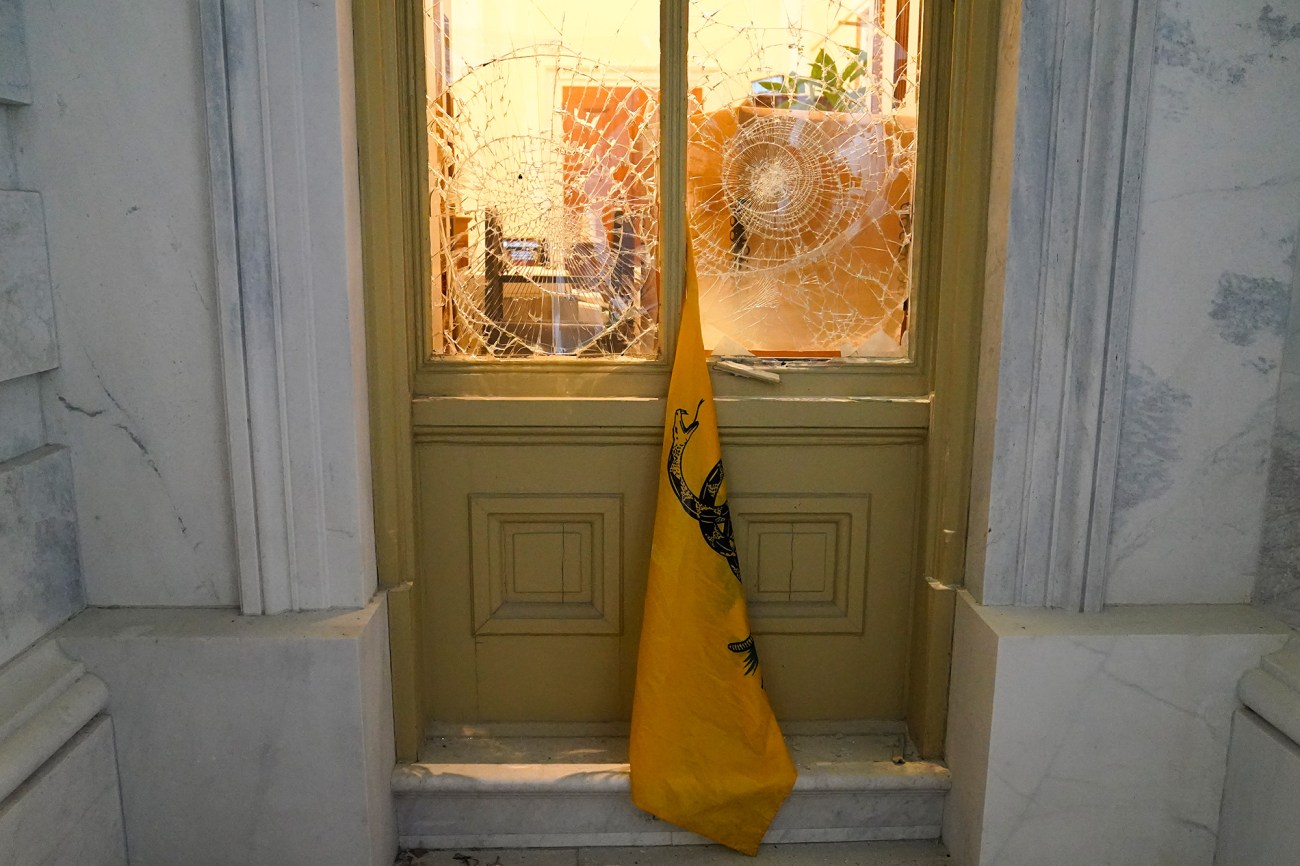
A flag hangs between windows shattered by Trump supporters who streamed into the Capitol building.
John Minchillo/AP
